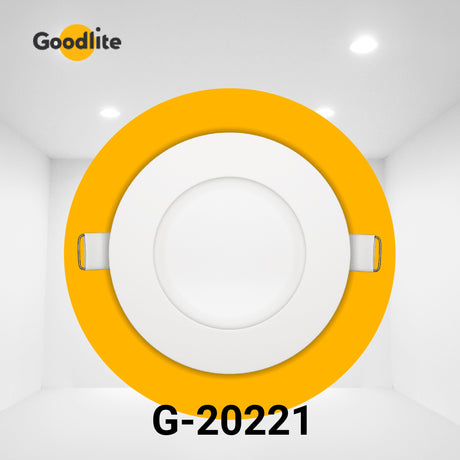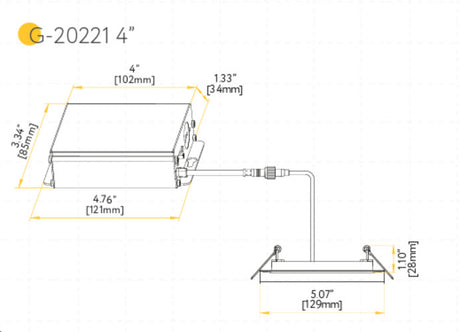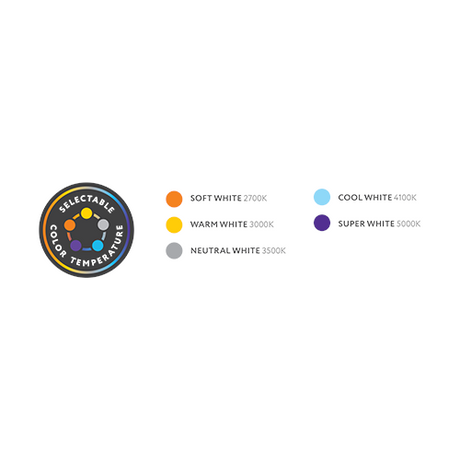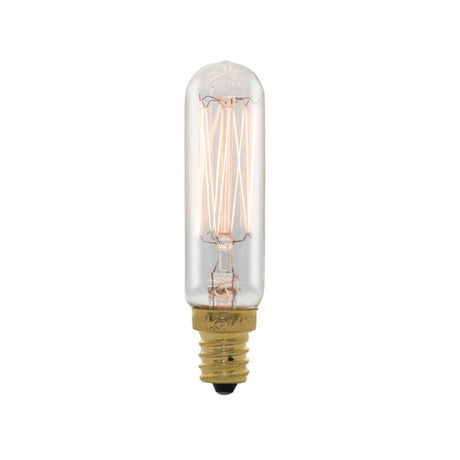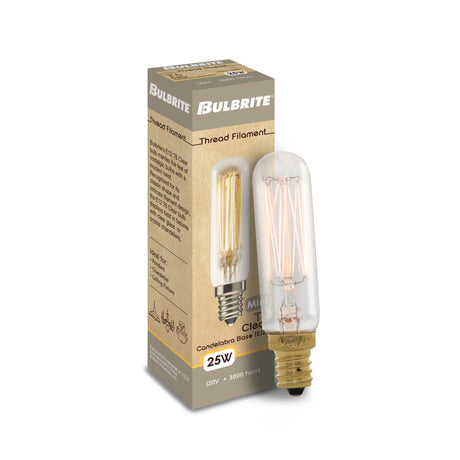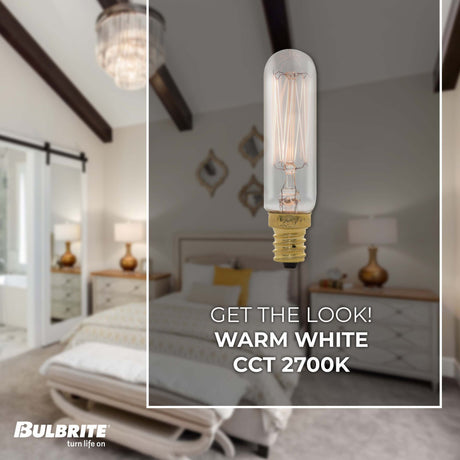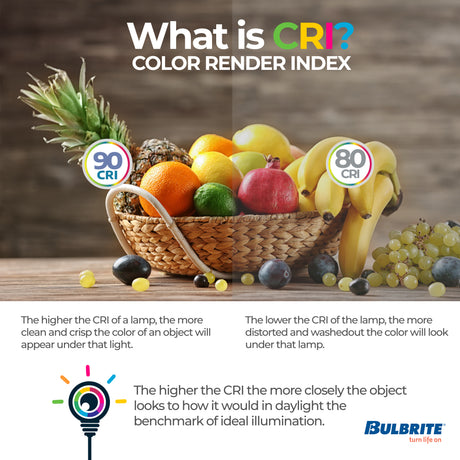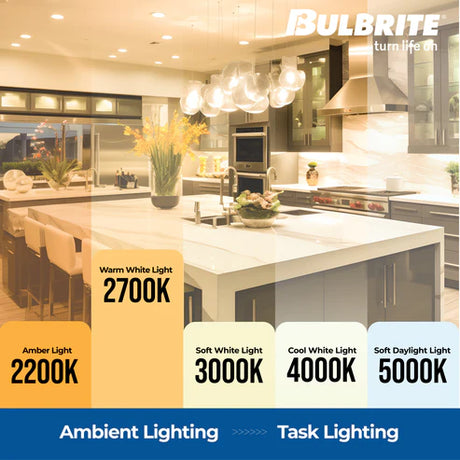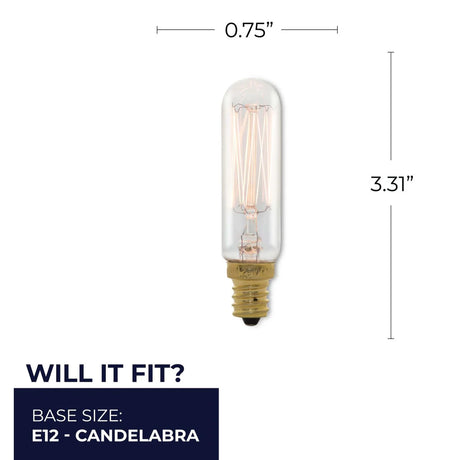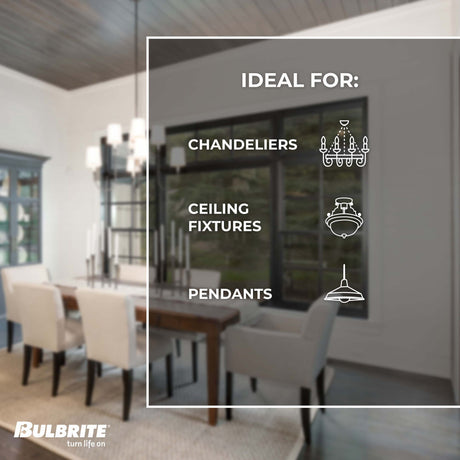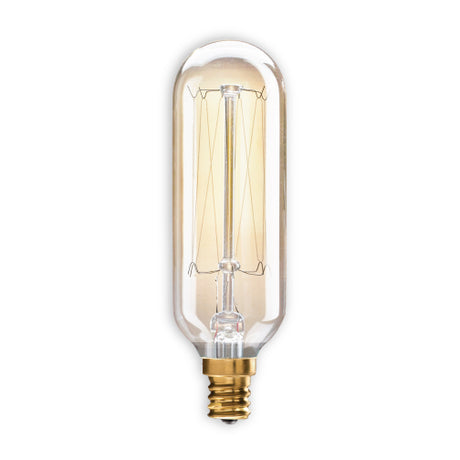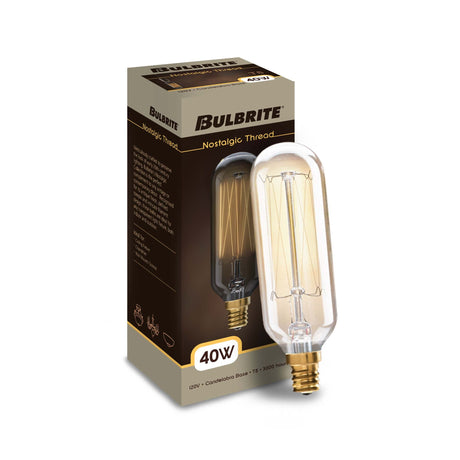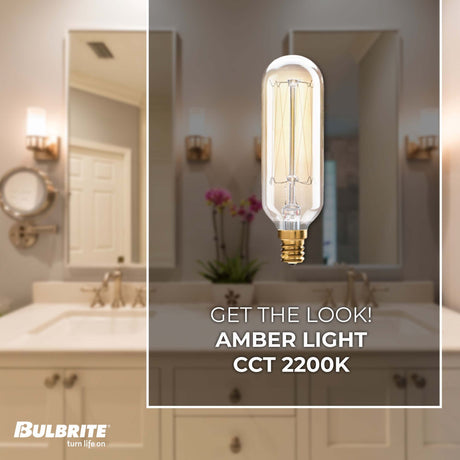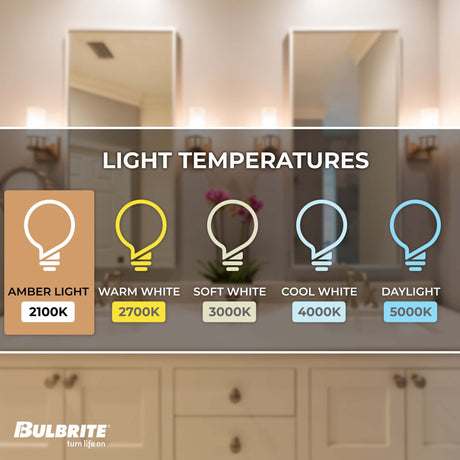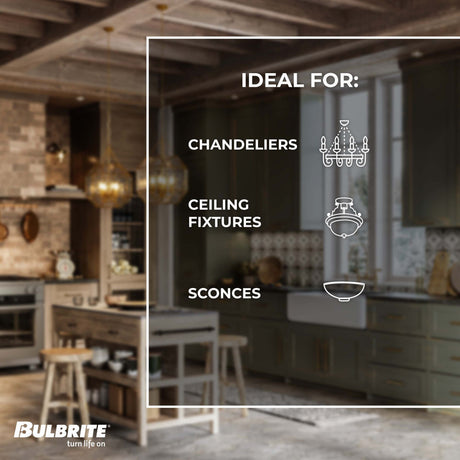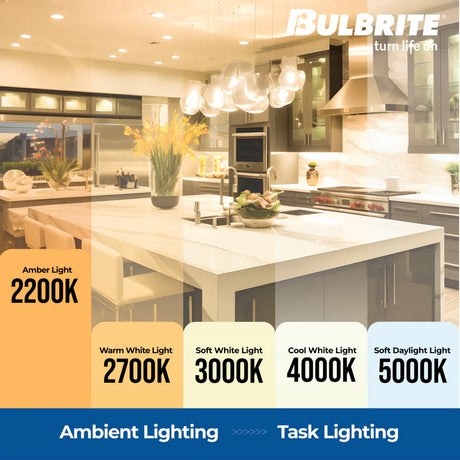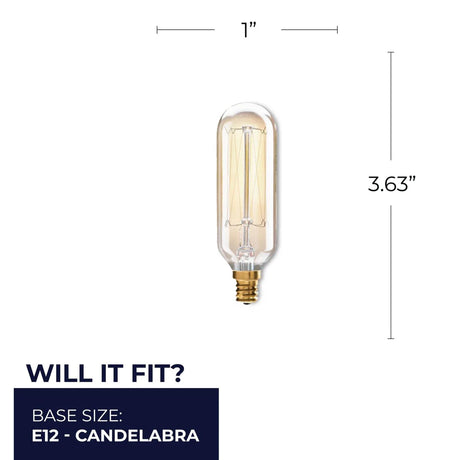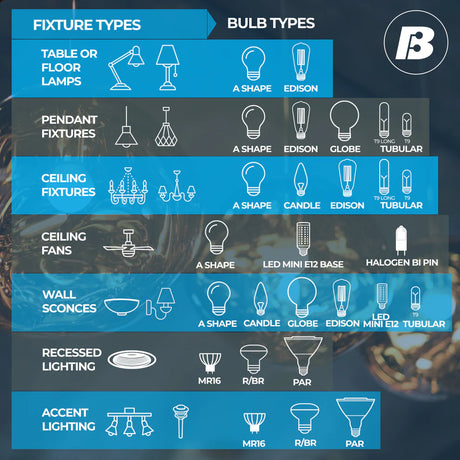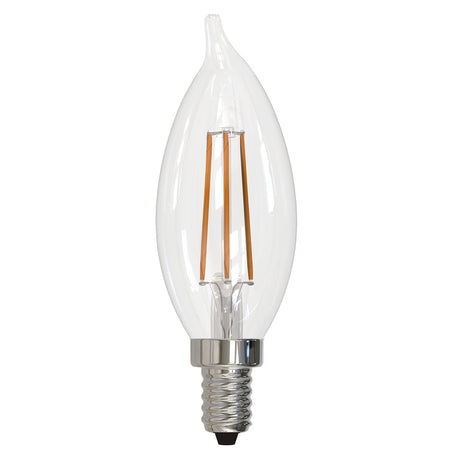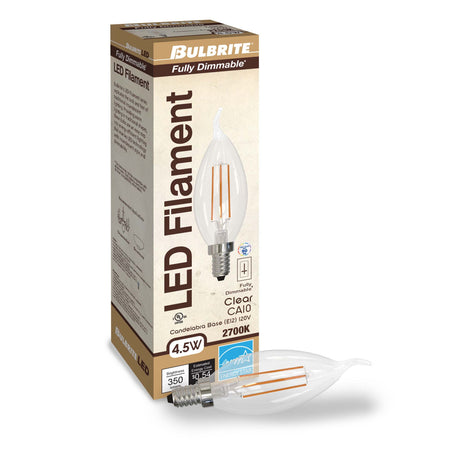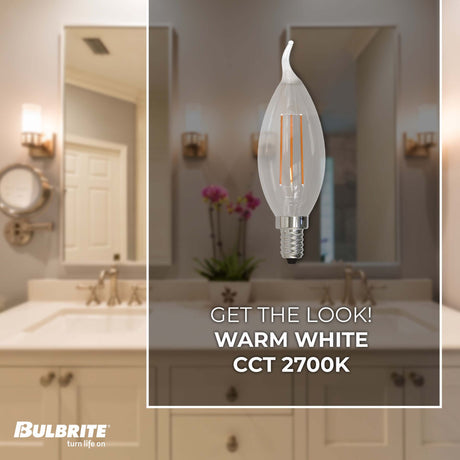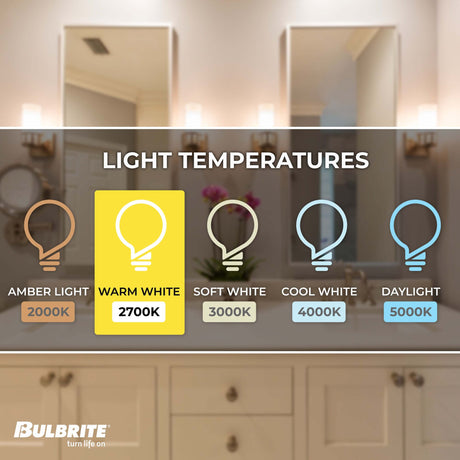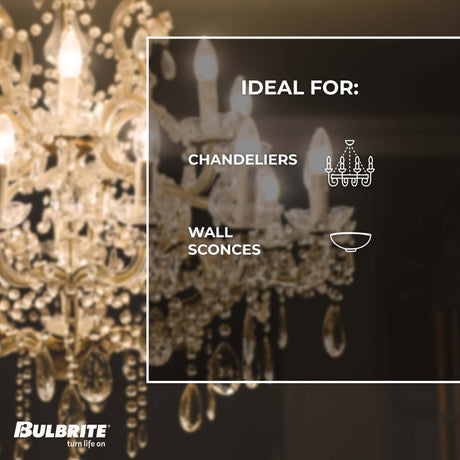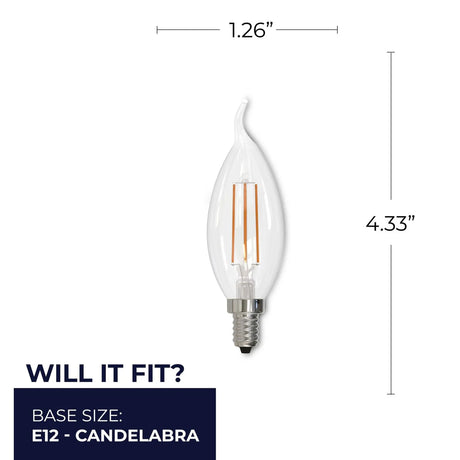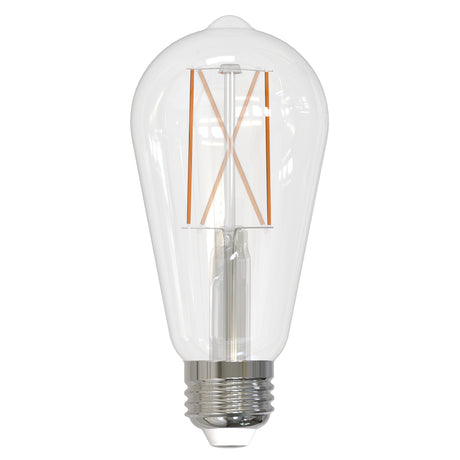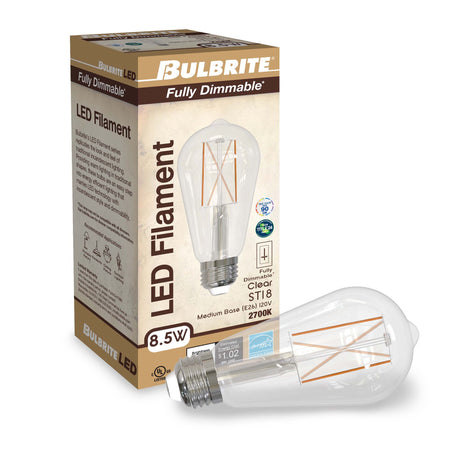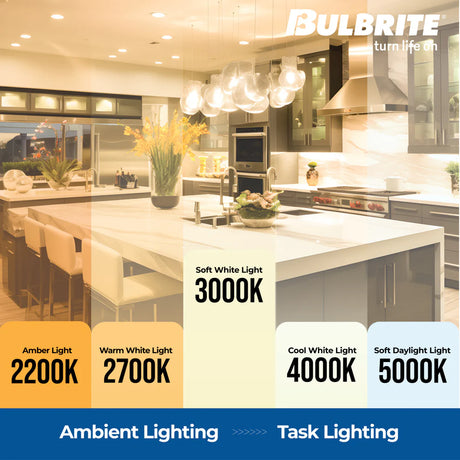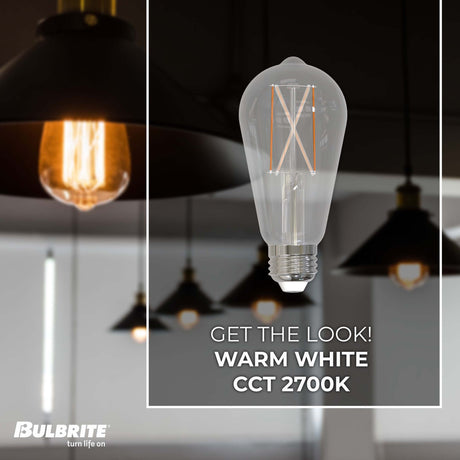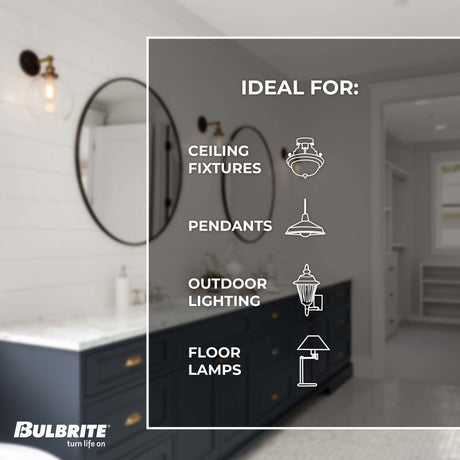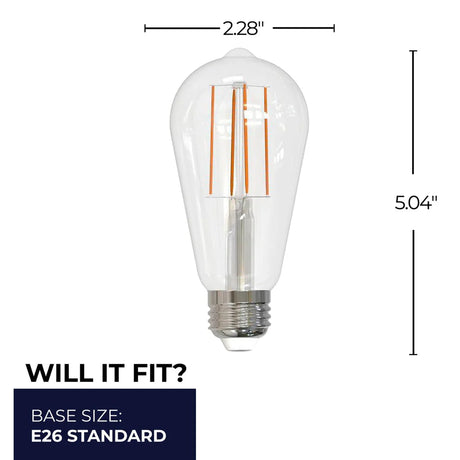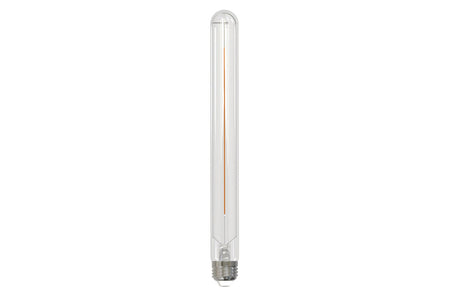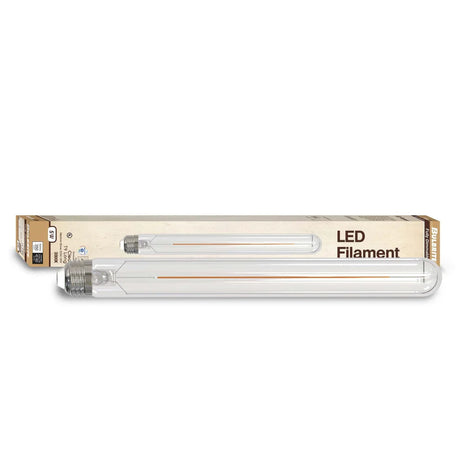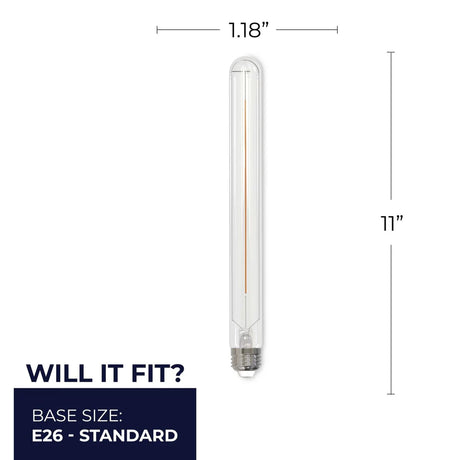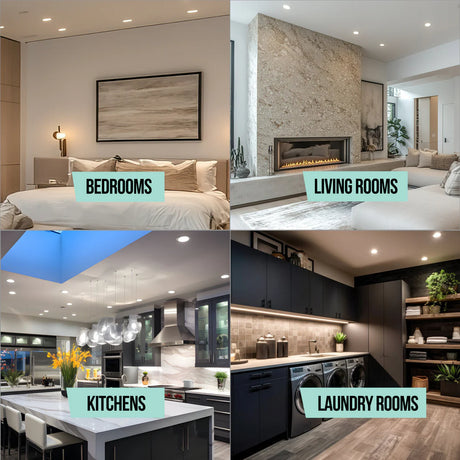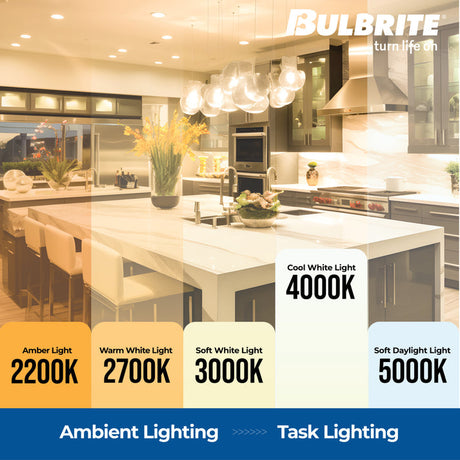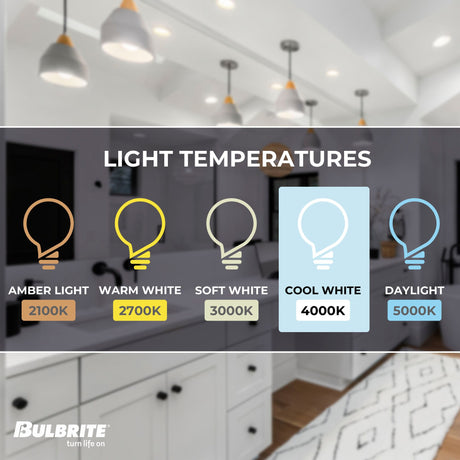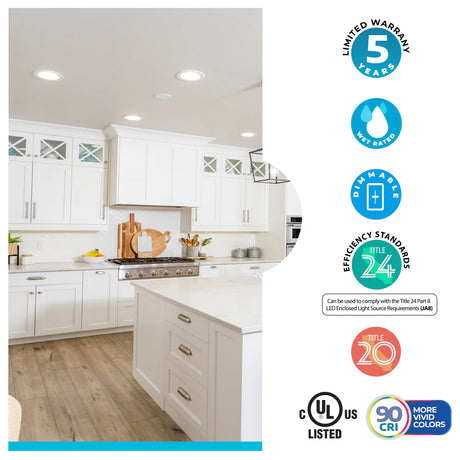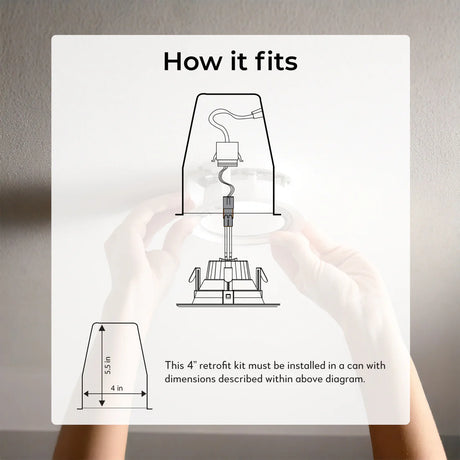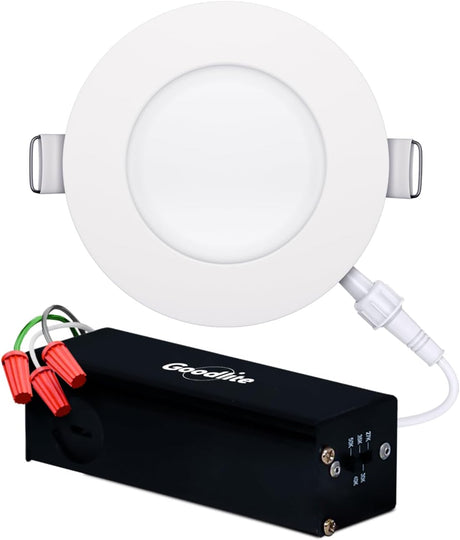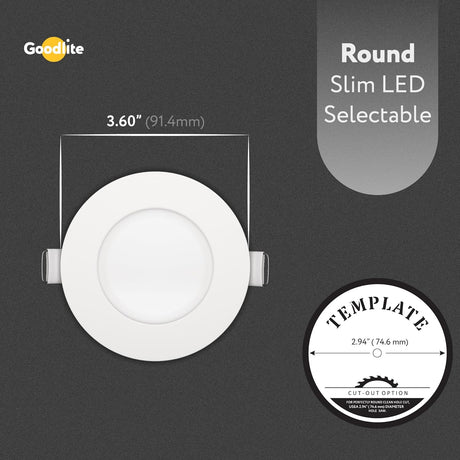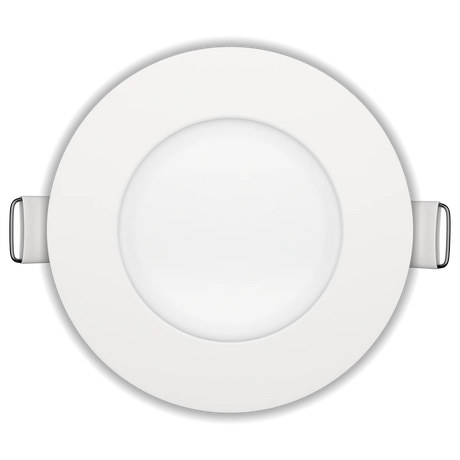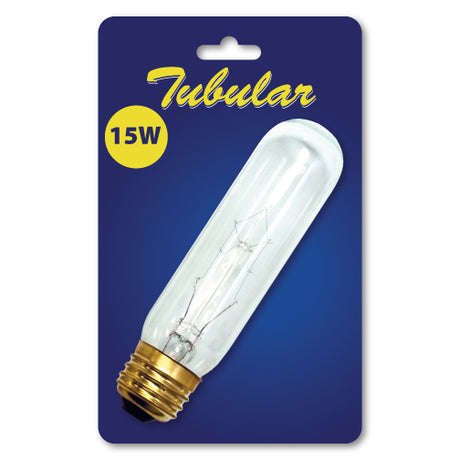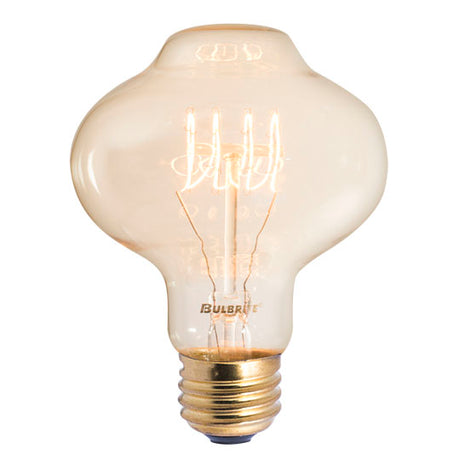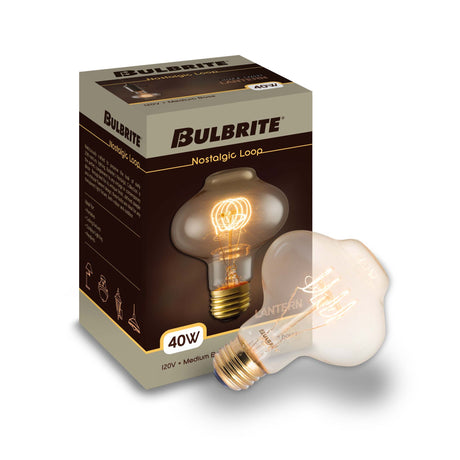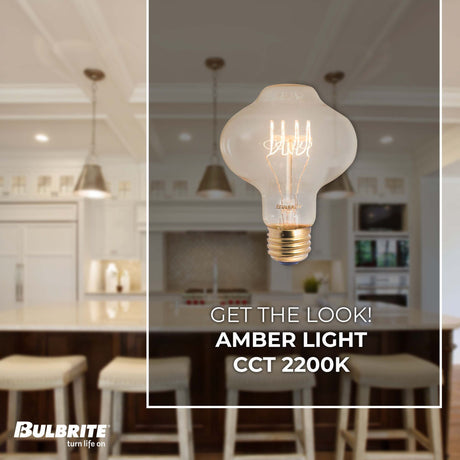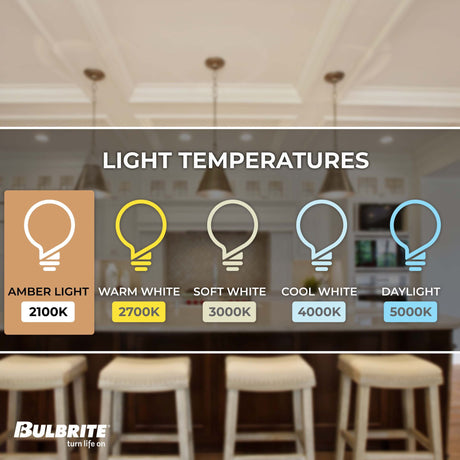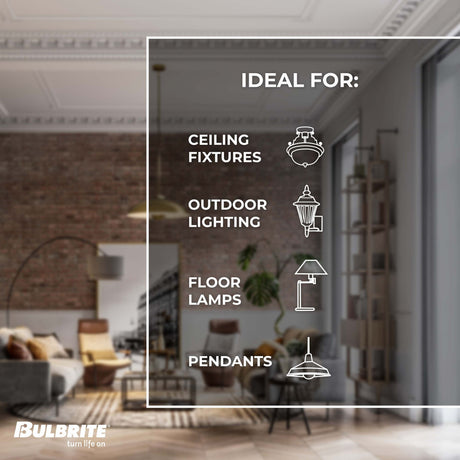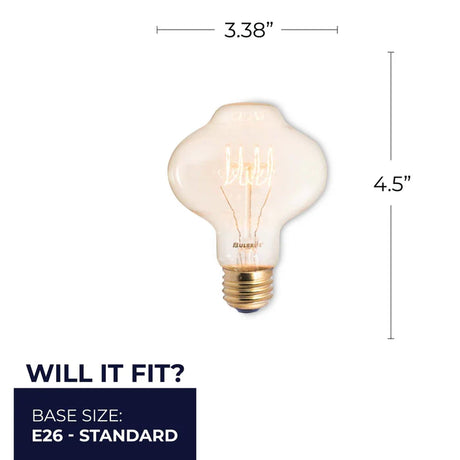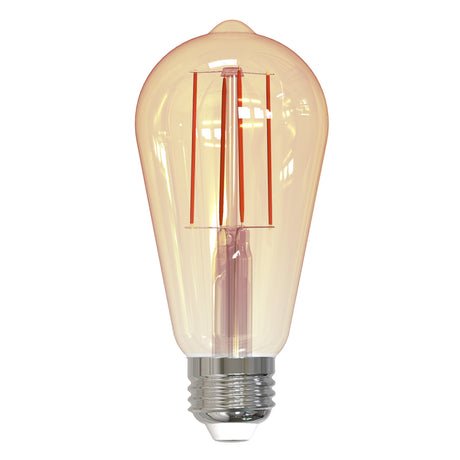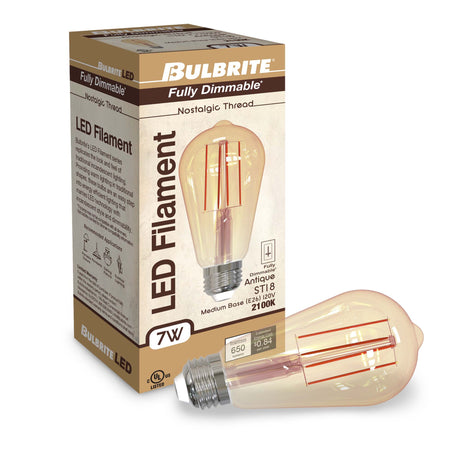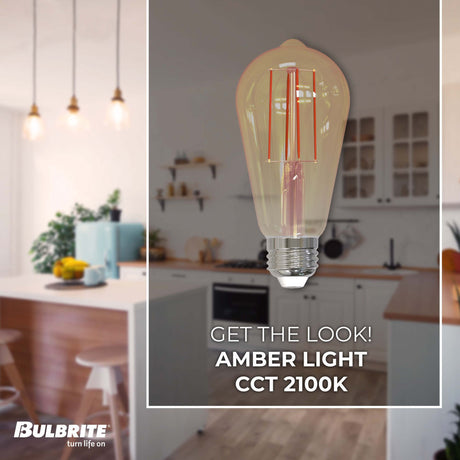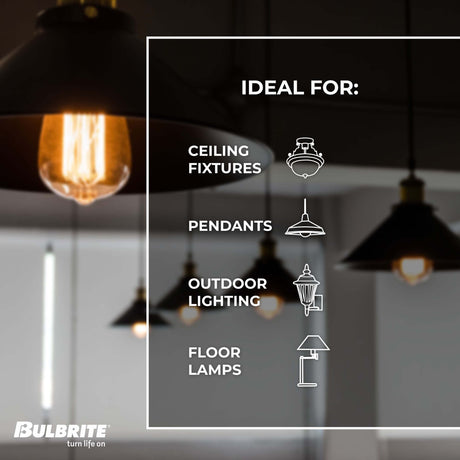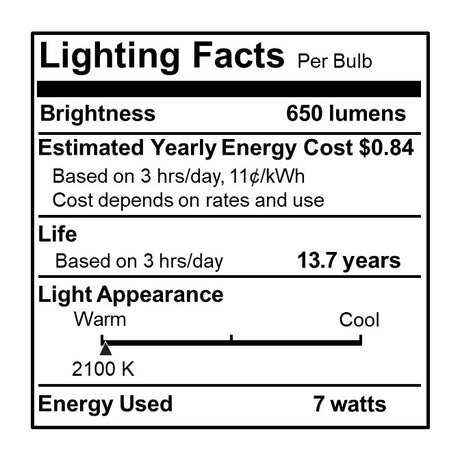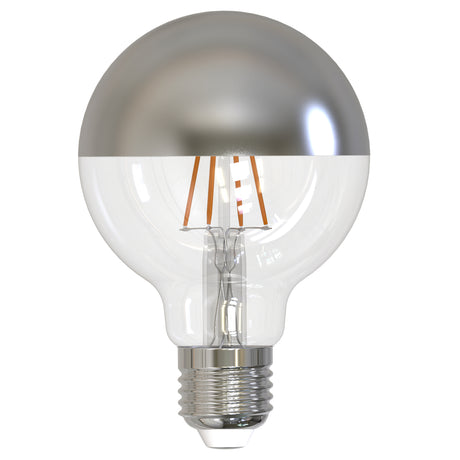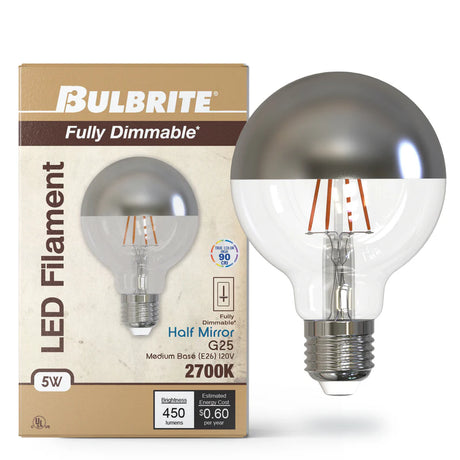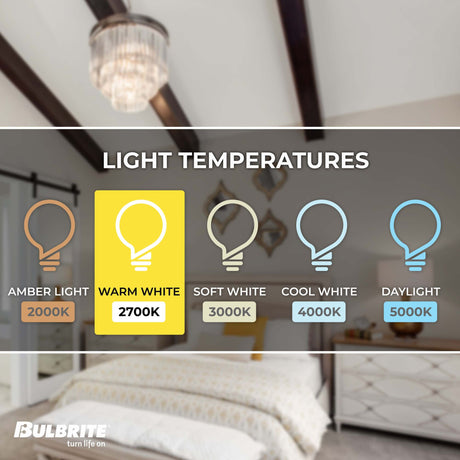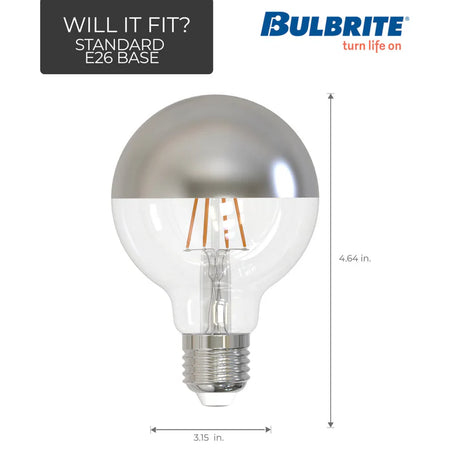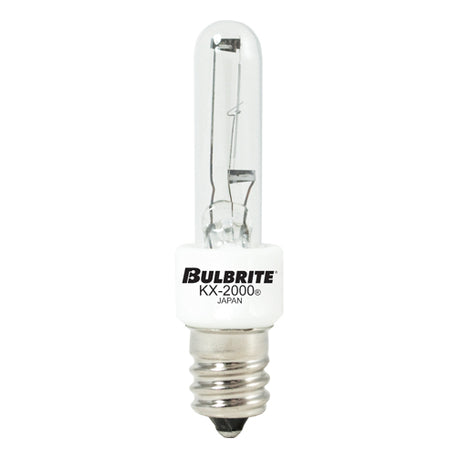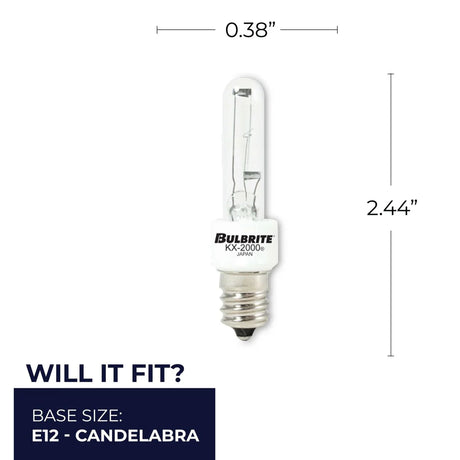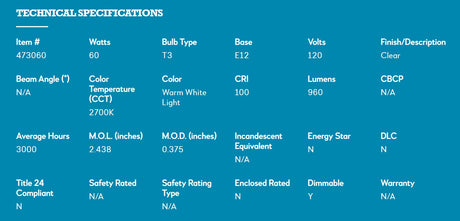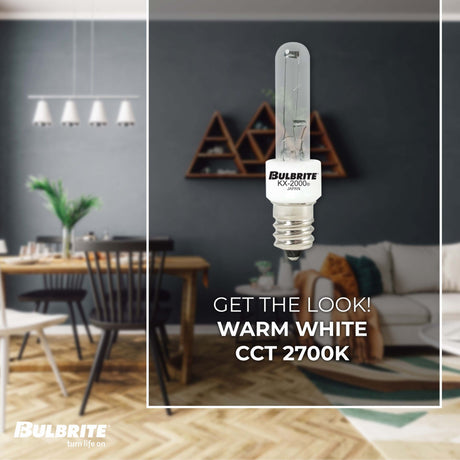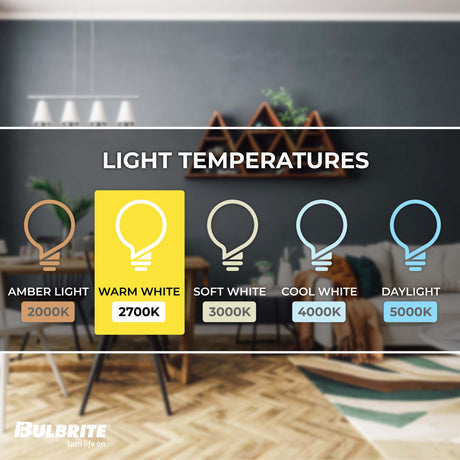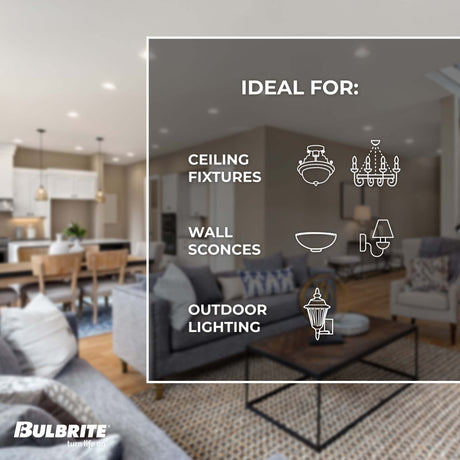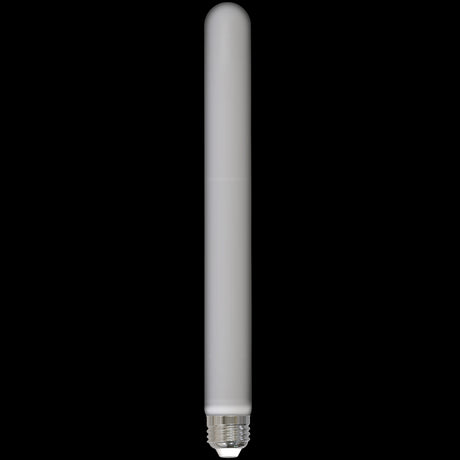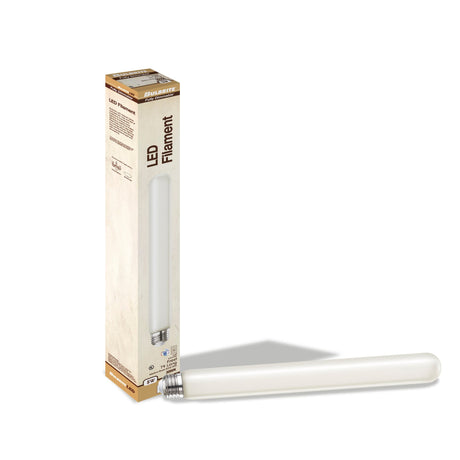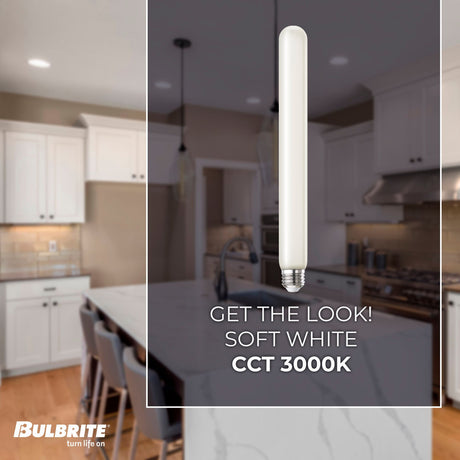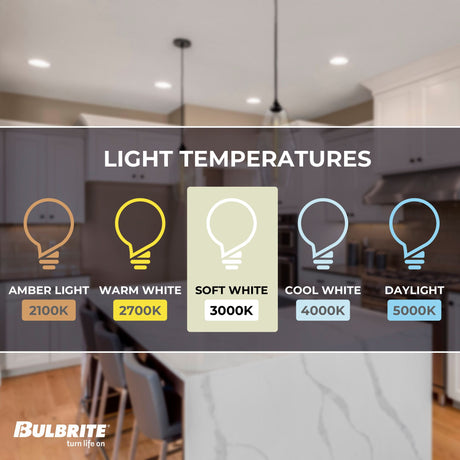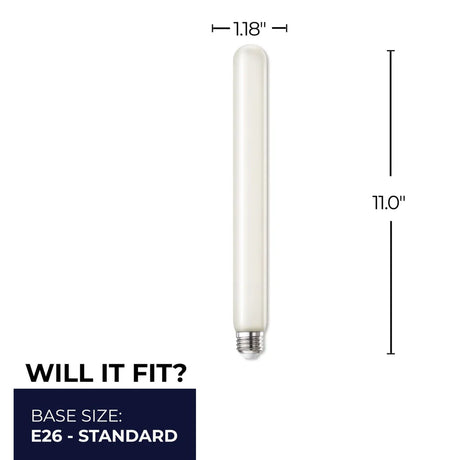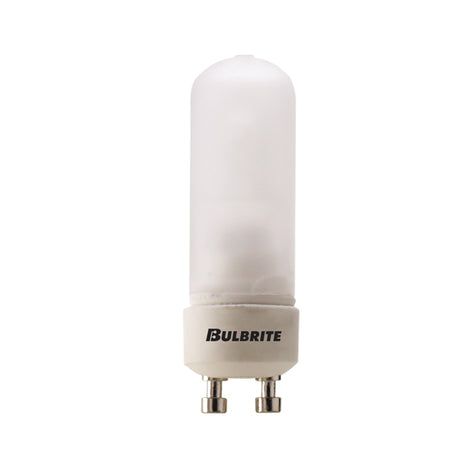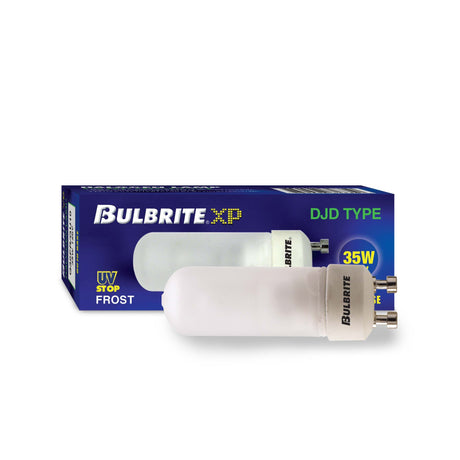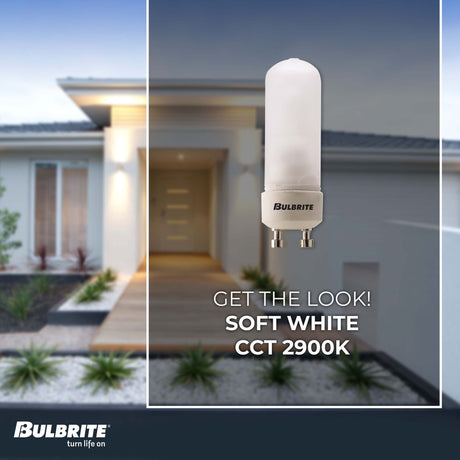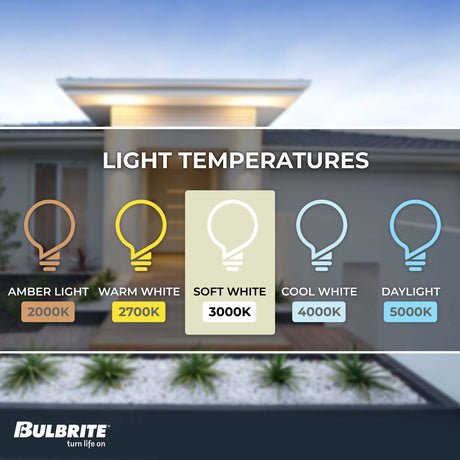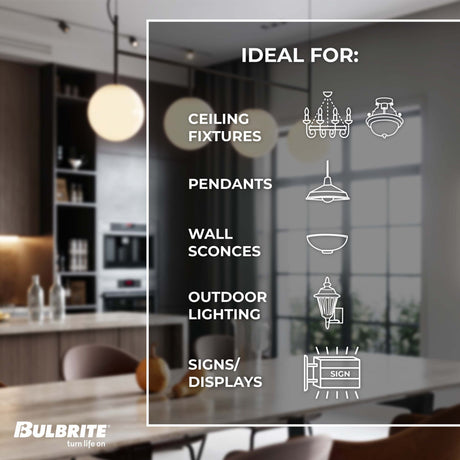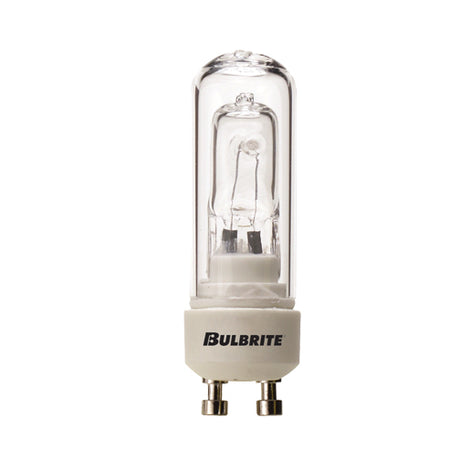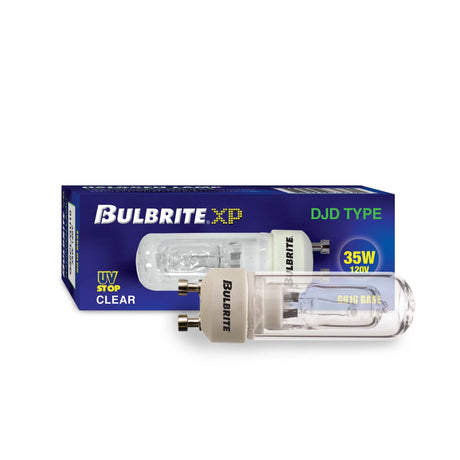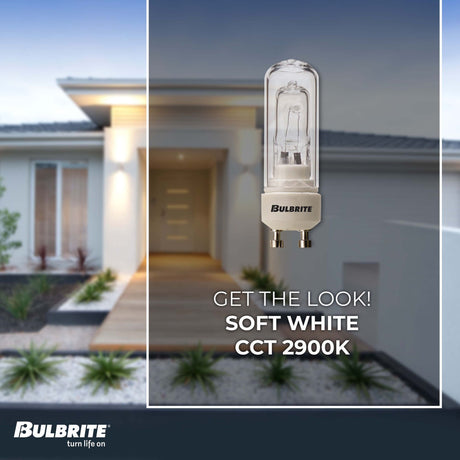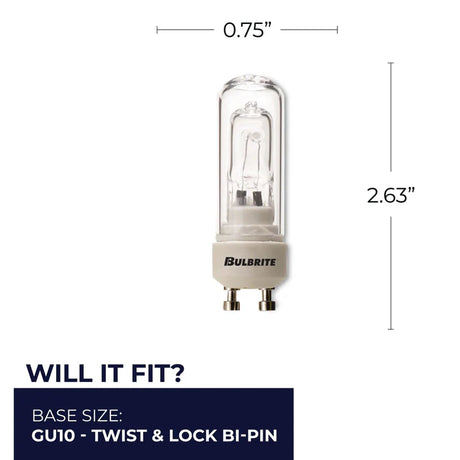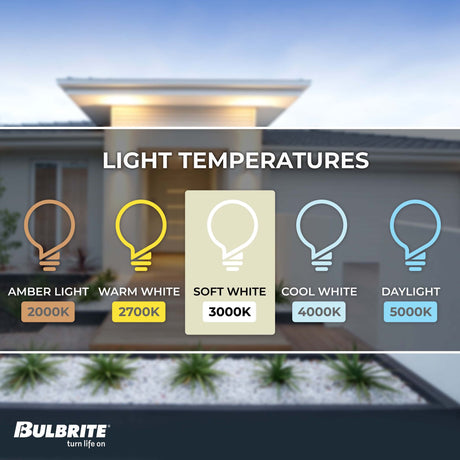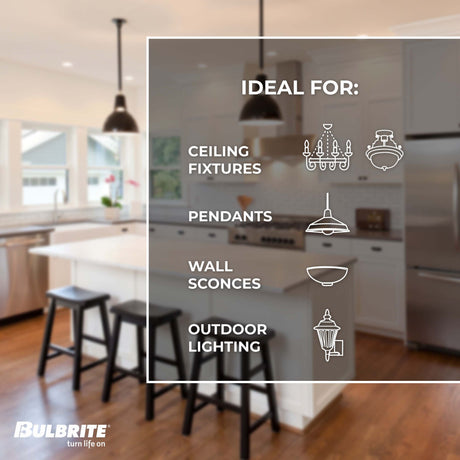Frequently Asked Questions
Lighting
How do I choose the right brightness (lumens) for a room?
How do I choose the right brightness (lumens) for a room?
To choose the right brightness, consider the room's size and purpose. For general lighting, aim for 10-20 lumens per square foot. Living rooms need softer light (1,500-3,000 lumens), while kitchens or offices require brighter light (3,000-4,000 lumens). Check product descriptions for lumen ratings to match your needs.
What’s the difference between warm white, cool white, and daylight lighting?
What’s the difference between warm white, cool white, and daylight lighting?
Warm white (2700K-3000K) emits a cozy, yellowish light ideal for living rooms and bedrooms. Cool white (4000K-5000K) provides a bright, crisp light, perfect for kitchens or offices. Daylight (5000K-6500K) mimics natural sunlight, enhancing focus and visibility in workspaces. Choose the right color temperature for ambiance and functionality.
How long do LED bulbs typically last?
How long do LED bulbs typically last?
LED bulbs typically last 25,000 to 50,000 hours, significantly outlasting incandescent or CFL bulbs. This means an LED can shine for 10-15 years with average use. Their long lifespan reduces replacement costs and maintenance, making them an energy-efficient, cost-effective lighting solution for homes and businesses alike.
What are lumens, and how do they differ from watts?
What are lumens, and how do they differ from watts?
Lumens measure brightness, while watts indicate energy usage. Higher lumens mean brighter light, regardless of wattage. For example, an LED bulb uses fewer watts to produce the same lumens as an incandescent bulb. When shopping for lighting, focus on lumens for brightness and watts for energy efficiency.
How many lumens do I need to light a bedroom or living room?
How many lumens do I need to light a bedroom or living room?
For a bedroom, aim for 2,000-3,000 lumens for soft, relaxing light. For a living room, 3,000-4,000 lumens provides a comfortable, well-lit space. Adjust brightness with dimmable lights or multiple light sources, ensuring the room feels cozy yet functional for activities like reading or socializing.
Is higher lumens always better for lighting?
Is higher lumens always better for lighting?
Higher lumens aren’t always better for lighting. While more lumens provide brighter light, it's essential to consider the room’s function. For relaxing spaces like bedrooms, lower lumens may be ideal, while task-oriented areas like kitchens or offices need higher lumens for optimal visibility. Balance brightness with ambiance for the best results.
How do I compare wattage for LED, incandescent, and CFL bulbs?
How do I compare wattage for LED, incandescent, and CFL bulbs?
To compare wattage, consider the energy efficiency of each bulb type. LED bulbs use the least wattage while providing the same brightness as incandescent and CFL bulbs. For example, a 10W LED gives the same light as a 60W incandescent or 15W CFL bulb, making LEDs the most energy-efficient option.
What’s the maximum wattage my light fixture can handle?
What’s the maximum wattage my light fixture can handle?
To determine the maximum wattage your light fixture can handle, check the fixture's specifications or the label on the socket. Exceeding the recommended wattage can cause overheating and damage. For safe lighting, use bulbs that match or are lower than the fixture's maximum wattage rating, ensuring energy efficiency and safety.
Can low-wattage bulbs still provide sufficient brightness?
Can low-wattage bulbs still provide sufficient brightness?
Yes, low-wattage bulbs can still provide sufficient brightness, especially with energy-efficient options like LED bulbs. LED bulbs offer high lumens (brightness) with lower wattage, making them an ideal choice for bright lighting while saving energy. When shopping, focus on lumens for brightness, not just wattage, to achieve the right lighting for your space.
What’s the difference between A19 and BR30 bulbs?
What’s the difference between A19 and BR30 bulbs?
A19 and BR30 bulbs differ in shape and purpose. A19 bulbs have a classic, round shape and are commonly used in table lamps or ceiling fixtures. BR30 bulbs are wider and have a reflector design, making them ideal for recessed lighting or track lighting. Choose based on your fixture type and lighting needs. Click here for a more extensive look at light bulb shapes and sizes.
Can I use a smart bulb in any fixture?
Can I use a smart bulb in any fixture?
Yes, you can use a smart bulb in most standard fixtures as long as the bulb’s base matches the socket (e.g., E26 for most household fixtures). However, ensure the fixture is compatible with smart bulbs, especially if it's dimmable or has a specialized design like enclosed fixtures, which may limit smart bulb use.
What are Edison bulbs, and where are they best used?
What are Edison bulbs, and where are they best used?
Edison bulbs feature a vintage, exposed filament design that provides a warm, nostalgic glow. Best used in industrial, rustic, or retro-themed spaces, they add charm to pendant lights, chandeliers, or exposed light fixtures. These bulbs create a cozy ambiance and are ideal for living rooms, dining areas, or cafes.
What’s the best fixture for high ceilings?
What’s the best fixture for high ceilings?
For high ceilings, consider pendant lights, chandeliers, or long drop fixtures, which provide both style and effective illumination. Choose fixtures with adjustable lengths to ensure proper light distribution. Additionally, large or multi-tiered chandeliers work well for grand spaces, while recessed lights can offer a sleek, modern look.
How do I choose between flush mount, semi-flush, or pendant lighting?
How do I choose between flush mount, semi-flush, or pendant lighting?
Choosing between flush mount, semi-flush, or pendant lighting depends on your ceiling height and desired style. Flush mount fixtures sit directly against the ceiling, ideal for low ceilings. Semi-flush mounts hang slightly below the ceiling, offering a balance of style and function for medium-height rooms. Pendant lighting works well for higher ceilings, creating a bold statement and providing focused illumination.
Are recessed lights suitable for all rooms?
Are recessed lights suitable for all rooms?
Recessed lights are versatile and can be used in most rooms, but they work best in kitchens, bathrooms, and hallways for focused, even lighting. They may not be ideal for rooms needing ambient lighting, like bedrooms or living rooms, unless combined with other light sources. Ensure proper spacing for optimal coverage.
What does color temperature mean in Kelvin (K)?
What does color temperature mean in Kelvin (K)?
Color temperature, measured in Kelvin (K), refers to the appearance of light emitted by a bulb. Lower Kelvin values (2,700K-3,000K) produce warm, yellowish light, ideal for cozy settings. Mid-range temperatures (3,500K-4,100K) offer neutral white light, while higher Kelvin values (5,000K-6,500K) provide cool, daylight-like brightness, perfect for workspaces.
Should I choose warm white, cool white, or daylight for my kitchen?
Should I choose warm white, cool white, or daylight for my kitchen?
For kitchens, cool white (4,000K-4,500K) is ideal, offering bright, crisp light that enhances visibility for cooking and tasks. Daylight (5,000K-6,500K) is also a good option for kitchens needing extra brightness. Warm white (2,700K-3,000K) creates a cozy feel, but it may be better for dining areas or kitchens with softer lighting needs.
How does color temperature affect mood and productivity?
How does color temperature affect mood and productivity?
Color temperature plays a significant role in mood and productivity. Warm white light (2,700K-3,000K) creates a relaxing, cozy atmosphere, ideal for unwinding. Cool white (4,000K-4,500K) promotes alertness and focus, making it great for workspaces. Daylight (5,000K-6,500K) boosts energy and is perfect for tasks requiring high concentration. Choose based on your environment's purpose.
Returns and Refunds
How do I return a product?
How do I return a product?
We have a 30-day return policy, which means you have 30 days after receiving your item to request a return. To be eligible for a return, your item must be in the same condition that you received it, unworn or unused, with tags, and in its original packaging. You’ll also need the receipt or proof of purchase.
To start a return, you can contact us at info@brandnamelighting.com.
How long will it take to receive my refund?
How long will it take to receive my refund?
We will notify you once we’ve received and inspected your return, and let you know if the refund was approved or not. If approved, you’ll be automatically refunded on your original payment method within 10 business days. Please remember it can take some time for your bank or credit card company to process and post the refund too.
If more than 15 business days have passed since we’ve approved your return, please contact us at info@brandnamelighting.com. We do not charge a restocking fee.






